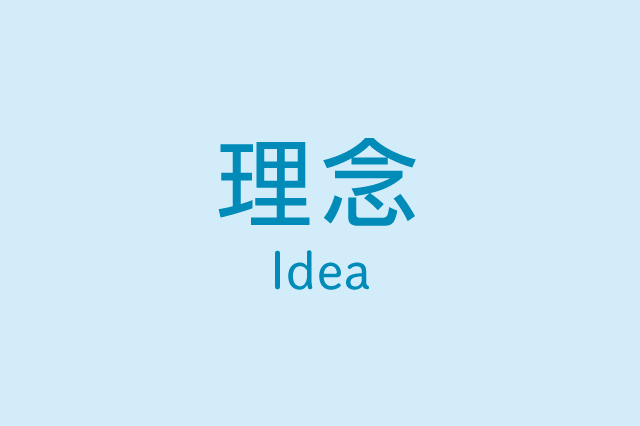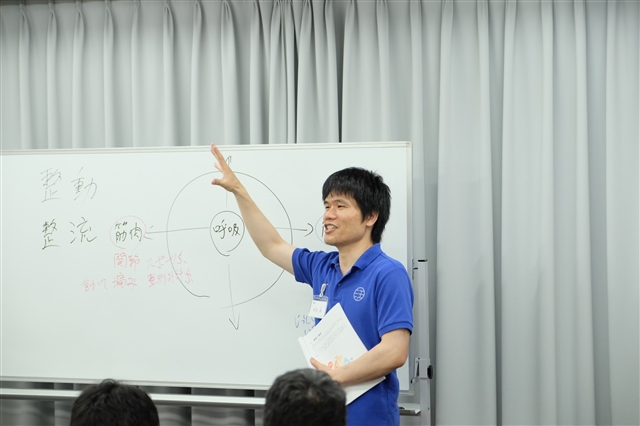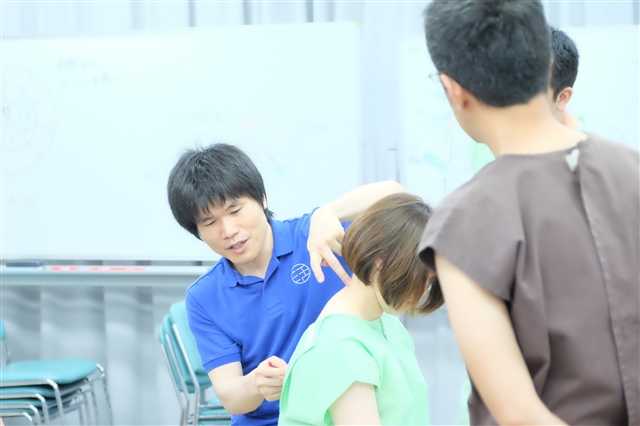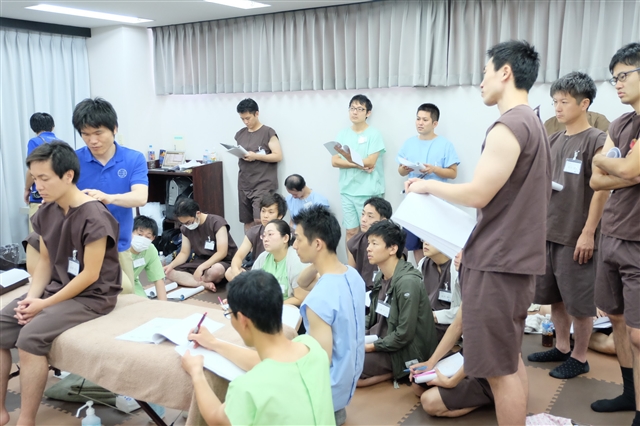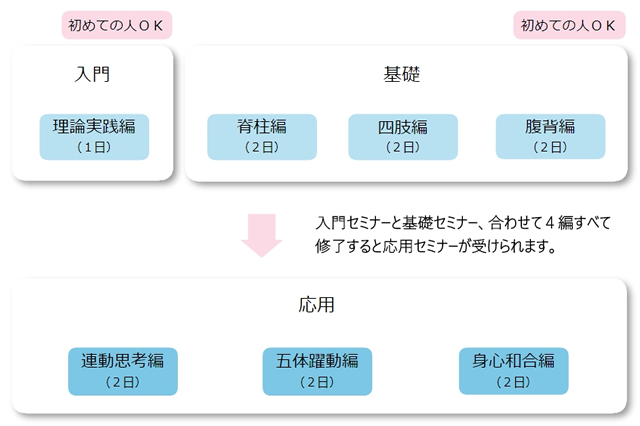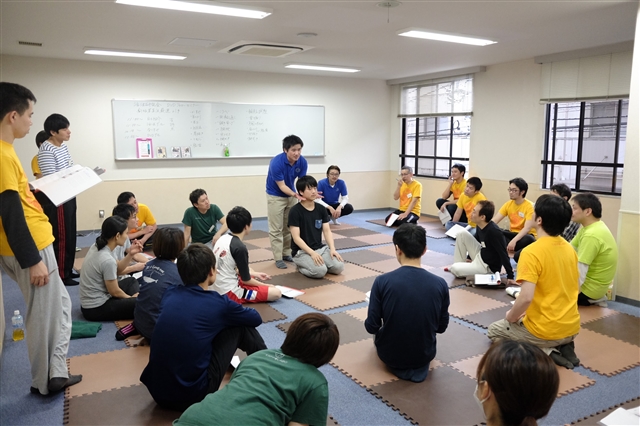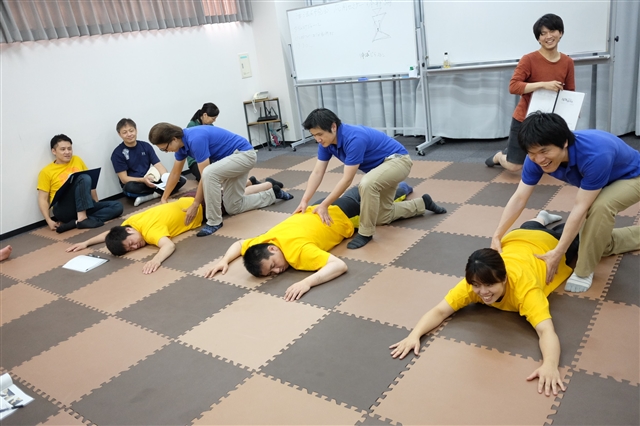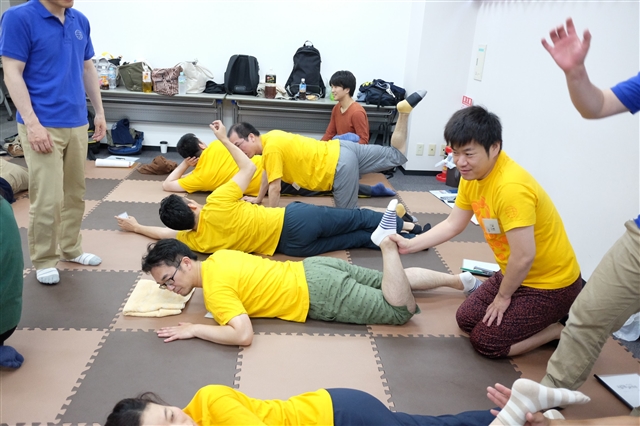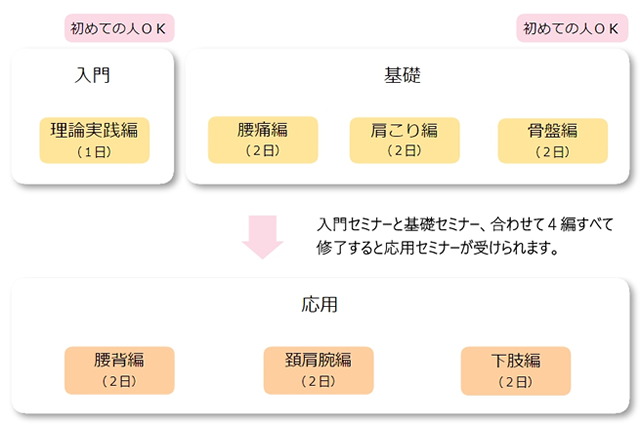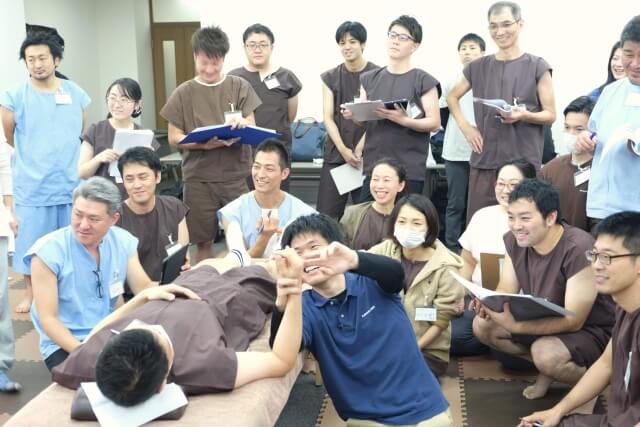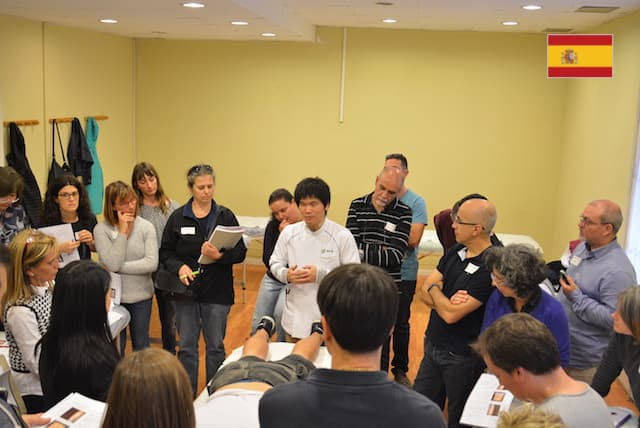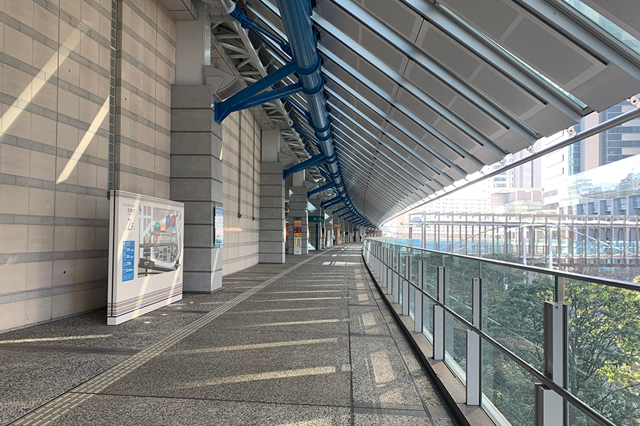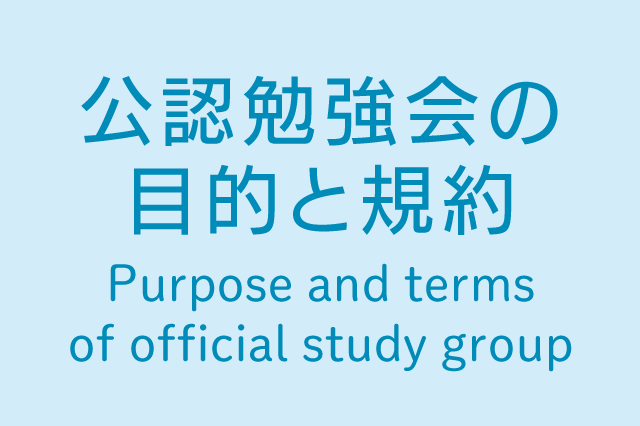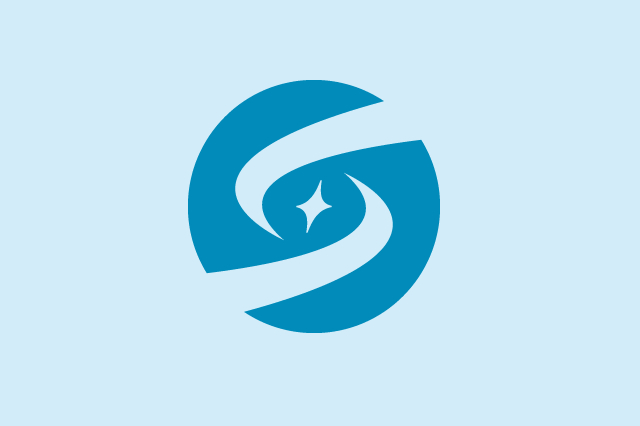The Aesthetics of Acupuncture and Moxibustion is in Subtraction
When I think of beauty, I think of Italy.
It has been more than ten years since I went to Italy. My experience there had a significant impact on me as an acupuncturist. The record of that time remains here.
If you are interested, I will record that time here.
“Personal travelogue of my trip to Italy
Not only the trip to Italy, but I have kept a record of it on this blog since the opening of the business. As time goes by, values and thoughts change. I do what I think is best at the time, but if I don’t leave a record, it will become a vague memory of “I was doing my best.
As the record proves, knowledge and skills are different now than they were ten years ago. It’s not just that. Our thoughts, actions, and values are also different.
There is one thing that has stayed the same. That is aesthetics. It is embarrassing to use the word “aesthetics. However, if you replace it with a word like “obsession,” it does not convey what you want to convey. After all, this is aesthetics.
Difference between art and aesthetics
I should note in advance that my grade in art was a “2” on a 5-point scale in high school.
My wife said to me. “How do you get a 2 in art? I would like to know. Teachers would walk right past me. He would always stop in front of a student and say, “Why don’t you do this?” Seeing this attitude of teachers, I gave up and thought, “I don’t belong in this classroom.”.
Teachers are human beings, and their interests cannot be equal. They will inevitably respond differently to different students. It is not anyone’s fault, but my aesthetic sense has indeed been rated. I have to question my taste whenever I choose a piece of clothing or furniture. The same thing happened with music, so I gave up on the idea of having anything to do with art.
However, it is not that I dislike art. I like looking at pictures and listening to music. If I like it, it means I am responding to the feeling of beauty. The teachers did not even take away the ability to feel beautiful.
The power to create something that someone else finds beautiful and the sensitivity to think something is beautiful are two different things. When I realized this, my sensitivity awakened. It doesn’t mean that I came to have any unique ability. I became able to be honest about what I think is beautiful.
To put it with style, it means “being honest about one’s aesthetics.” I found beauty in acupuncture and moxibustion. This is why I chose to become an acupuncturist. I want to help patients” is an emotion that arises from the profession’s responsibility, and behind that is a longing for beauty. My aspiration for beauty is personal; I don’t express it outwardly. This time, I dare to show it.
Before I do so, I need to clarify the term “aesthetics. It is a world so esoteric that it is not easy to understand. To move the conversation forward, I will define it here as “thinking about the meaning and essence of beauty.
Why acupuncturists need aesthetics too
Medicine is understandable, but is aesthetics essential?
You may hear a voice like this.
“Of course, I think medicine is necessary and important. Simultaneously, I think it would be difficult to continue to enjoy this work without aesthetics”.
I know there are pros and cons in this area, but I need aesthetics, so I will try to explain.
Don’t you want to look at beautiful things all the time?
This is why I continue to be an acupuncturist. I can continue to appreciate beauty through acupuncture. You may say that I have no idea what makes me feel beautiful.
First, it is the mechanism of the human body.
Second, acupuncture is a tool.
The mechanism of the human body is beautiful. As an acupuncturist, I feel that beauty through acupuncture points. Patients will wonder why.
When I do acupuncture on my hands, their stomachs start to rumble. A headache that has been bothering them for years can be gone. Stimulating acupuncture points could solve what could not cure at the hospital. I experienced this myself when I was a high school student.
Although it is still medically unsolved, there is no doubt that the stimulation of acupuncture points causes changes in both the body and the mind. There is an unknown mechanism. The mechanism is genuinely ingenious and beautiful.
Next is its beauty as a tool.
I feel the beauty of acupuncture needles in particular. I am sorry if you are a fan of moxibustion. As a tool, it is so simple. Acupuncture needles come in various lengths and thicknesses, and they have several types of tips. However, they are still simply a tool.
Acupuncture needles may be a tool for stabbing, but to me, they are the ultimate point-making tool. When asked, “What is beautiful about this?” I cannot find the appropriate words when asked. I am attracted to something like the borderline of being able to work on the human body through the polar point.
I think that the beauty in me is this hard-to-explain part.
Four ways to increase the effectiveness of acupuncture
I believe acupuncture is the act of working on a beautiful human body with a beautiful tool. Originally it is beautiful, so I don’t want to tarnish that beauty with my hands.
I understand why you say, “The therapeutic effect is important, not the pursuit of beauty!” I know your feelings, and I hope you will continue feeling at ease with me.
I know that the pursuit of beauty is meaningless unless it is linked to the effectiveness of treatment. In my opinion, the more you try to combine the two, the more effective they become.
How to enhance the effectiveness” is a challenge for all acupuncture practitioners. To overcome this challenge, acupuncture and moxibustion practitioners are making various efforts. Of course, so am I.
There are only four ways to improve acupuncture points.
(1) How to choose acupuncture points
(2) Accuracy of acupuncture points
(3) Increase the number of acupoints
(4) Decrease the number of acupuncture points
Since (1) and (2) are obvious to anyone, I will omit them here. What is difficult to understand are (3) and (4). Don’t they seem contradictory? This is where acupuncturists’ policies diverge.
I will explain starting with (3) first. If you increase the number of acupuncture points you use, the probability of encountering an effective acupuncture point will increase. Even if you use acupuncture points A, B, and C and find no effect, you may find an effect with D. This is a way of fighting to approach as many possible areas as possible.
In contrast, (4) is a way of fighting to reduce unnecessary stimulation and increase the purity of stimulus. We must work on D(the most effective acupuncture point) from the beginning. We need evidence that it is not A, B, or C to do so. This is the logical approach to fighting.
My way of fighting is the latter. It saves energy and reduces the burden on the patient. It has the advantage of being easy to reproduce because there are fewer tricks. The disadvantage is that I have to devote effort to prepare in advance to select effective acupuncture points. The theory makes a clear difference. You need to be prepared to pursue this because theory enhances (1) “how to select pressure points,” and training enhances (2) “the accuracy of pressure points.”
The reason why we choose this fighting method is not only the pursuit of beauty in fighting. It is because it is our sincerity to our patients to avoid unnecessary stimulation.
What I am talking about now is idealism in pursuit of beauty. When we cannot narrow down the number of pressure points by theory, we have to compensate by performing (3), “increase the number of pressure points.
The Aesthetics of Subtraction
My acupuncture practice is based on the aesthetics of subtraction. I believe that removing waste can reveal the meaning and essence of acupuncture and moxibustion.
Let me return to Italy. Italy is the world’s number one country with 58 registered World Heritage sites. There are numerous architectures and works of art, but sculptures are the most prominent among them. Without sculpture, Italian architecture and art would be incomplete.
The most famous sculpture is Michelangelo’s. Michelangelo’s most famous sculpture is the Pietà. I was able to see the real thing 12 years ago. As I mentioned at the beginning of this article, it was during a trip to Italy with my wife. Technically, we could see the Pietà through glass, as it has been enclosed in bulletproof glass since 1973 after an incident in which it was destroyed in 1972.
Pieta
The Pieta is a type of Madonna and Child, a religious painting or sculpture featuring Jesus Christ taken down from the cross after his crucifixion and the Virgin Mary holding his corpse in her arms.
The smooth texture of the flesh, which can be seen even through the glass, is overwhelming. It is hard to believe that the sculpture was made by carving marble. It is hard to imagine. Strangely, a hard material has soft curves, but even stranger is that this figure is carved out of a stone block.
Michelangelo painted this figure on a block of stone. Sculpture, created by carving marble, does not allow for mistakes. If too much is cut away, there is no going back. With clay, it is possible to make mistakes by trial and error while making a sculpture, such as removing or adding more pieces. However, marble sculpture has no process of adding or subtracting. There is only “subtraction.”
To borrow Michelangelo’s words.
Every block of stone has a statue inside. It is the sculptor’s job to discover it.”
We can say that marble has an art of work, and a sculpture is a process of shaving redundancy. It overlaps with my idea of acupuncture.
The body feels better after receiving acupuncture and moxibustion because the disturbing things are removed. Essentially, the body is trying to heal itself. When it does not heal, something interferes with the body’s attempt to heal. I believe that the role of acupuncture and moxibustion is to remove this obstacle and restore the body to its original state.
It may sound presumptuous, but I am not afraid to say it.
Everybody has health inside. It is the acupuncturist’s job to discover it.
It is the job of the acupuncture and moxibustion therapist to discover it.
The acupuncturist’s job is to discover the health that is already there. A lot of information says, “Acupuncture points are effective for XXXX disease. Whenever I see such information, I feel uncomfortable saying, “The way of thinking is like medicine. It is not like that.
The effects of medicine and acupuncture are fundamentally different. We cannot talk about them on the same scale. However, the trend of the times is going the other way. There is a strong tendency to think of medicine and acupuncture points in the same way since Chinese medicine, which uses the theory of Chinese herbal medicine in acupuncture and moxibustion, has become the mainstream of education in acupuncture and moxibustion schools.
It would be convenient if Chinese medicine and acupuncture were the same theory, just as the subtractive acupuncture I advocate is ideal if you ask me. Chinese medicine is spreading throughout the world through China’s national strategy. Chinese medicine has also become the mainstream of oriental medical education in Japan.
On the other hand, it would be good if there were acupuncturists who think about Japaneseness in acupuncture. The aesthetics of subtraction is a hint of Japaneseness. I have discussed Italy in this article, but Japan is a treasure house of subtractive aesthetics.
Three-dimensional art
It is not only subtraction that I respect sculpture.
Michelangelo had this to say.
Michelangelo said, “Sculpture, which expresses itself in three dimensions, is superior to painting, which expresses itself in two dimensions.
These are very interesting words. Michelangelo also produced paintings, so these are the words of a man who knew about painting. The most famous is “The Last Judgment” in the Sistine Chapel of the Vatican Palace.
I tried to find a photo I had taken of it to post, but there was none. I checked and found that “photography is prohibited inside the chapel.”
Instead, I put a picture of Raphael, who is said to have been strongly influenced by Michelangelo. I took these pictures at the site.
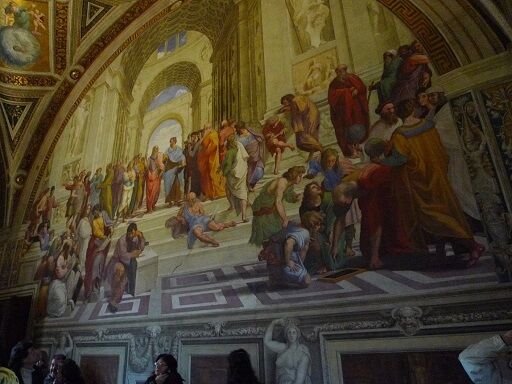
The sculpture is three-dimensional. Acupuncture is also three-dimensional. Academic and national examinations are two-dimensional, and if your grades are good, you will be accepted, but the clinical practice is a three-dimensional world. It is a different world.
It is not unusual for students who excelled in the two-dimensional world to struggle in the three-dimensional world. Being able to see the human body in three dimensions is one of the talents of an acupuncturist. It is not easy to see the human body in three dimensions. It is easy to reduce the process to two dimensions for textbooks.
Polishing their skills is not only finger dexterity but also making cognitive and memory skills three-dimensional. It is easier said than done. We have no choice but to develop them through daily practice and practice.
I conclude with an interesting quote from Mozart.
‘I can look over a piece of music at a glance like seeing a fine painting or a beautiful sculpture.’
I am not familiar with the music, but he implied he could grasp a piece of music instantaneously without playing the melody in his head. A melody needs time to flow, but Mozart may not need that time. I guess he could compress and expand time in his mind at will. It is an ability that makes no sense to me.
Conclusion
It is my personal feeling that the attraction of acupuncture is subtraction. I do not know what other acupuncturists have in their view of the profession. I have presented my view of the profession and its aesthetics in this article. I have realized many things by verbalizing what I usually think vaguely.
It made me want to revisit Italy. I was in Venice 12 years ago as I wrote this article. I was very excited by the fireworks at the beginning of the year.

New Year’s fireworks in Venice.
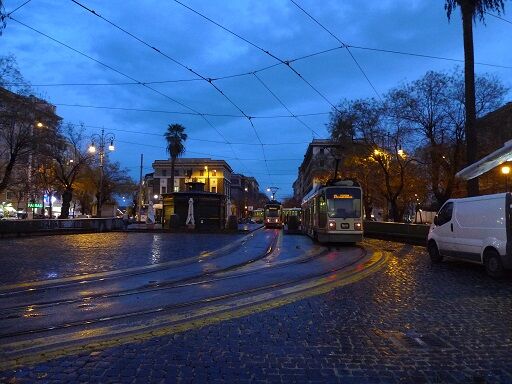
I would love to visit again.
August 1, 2023






